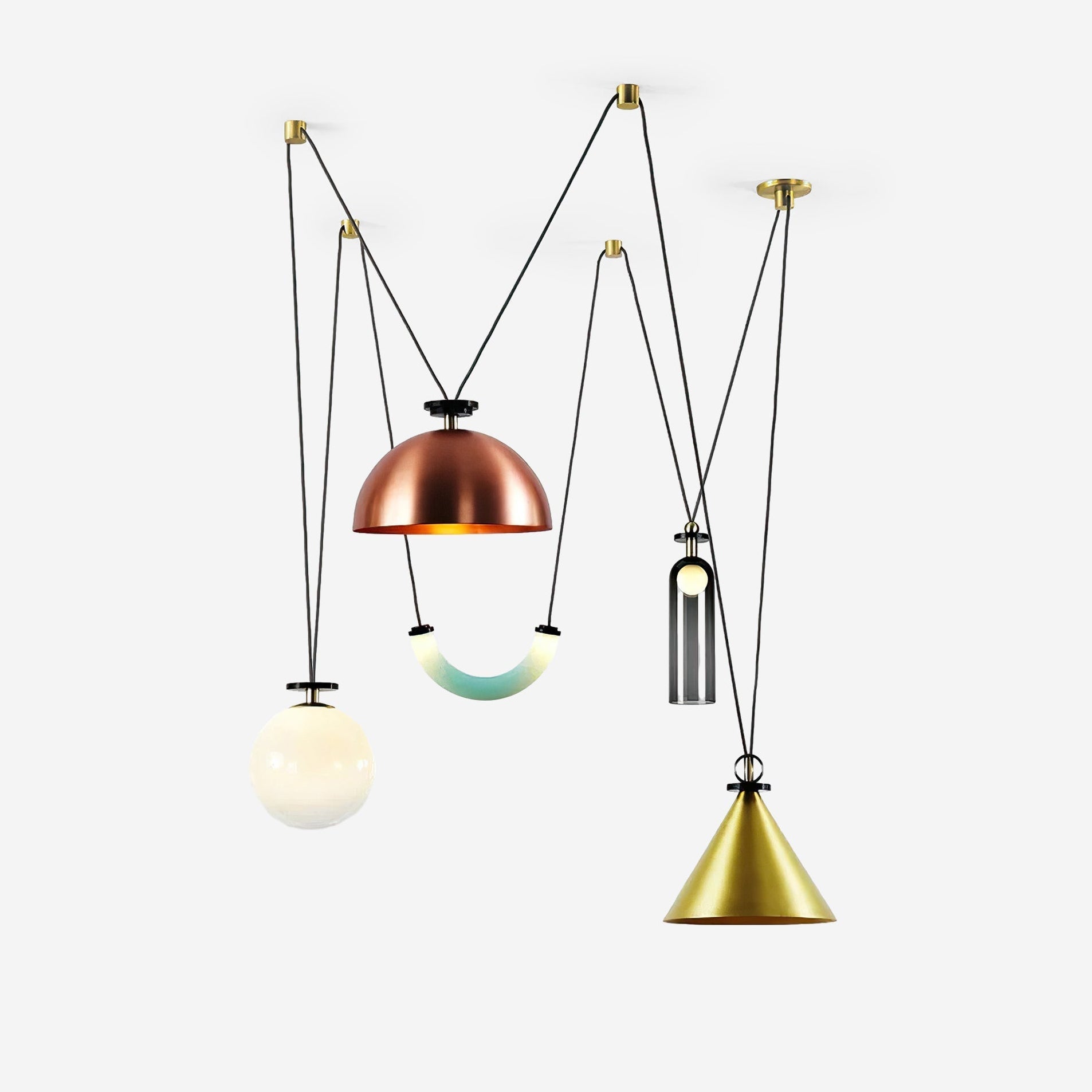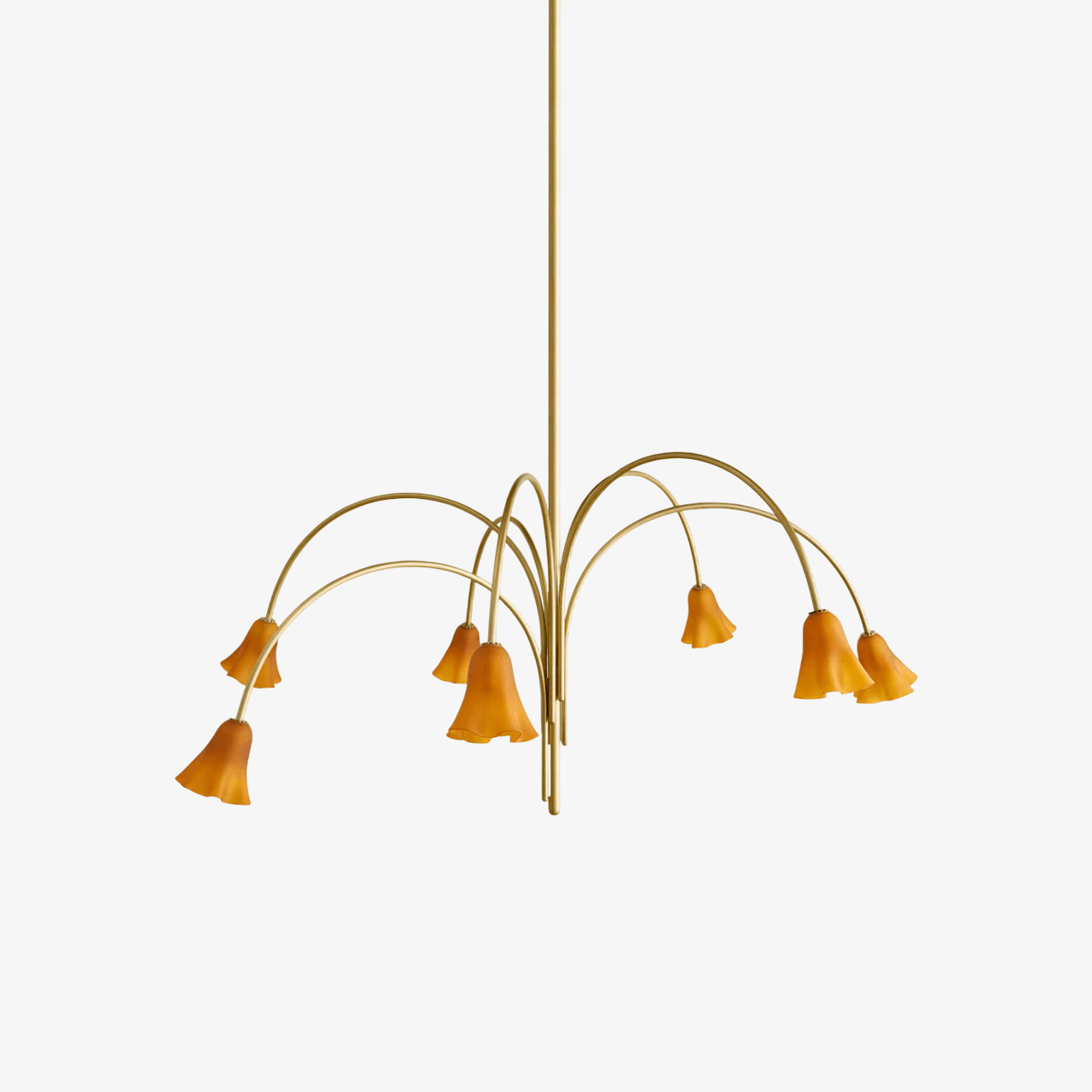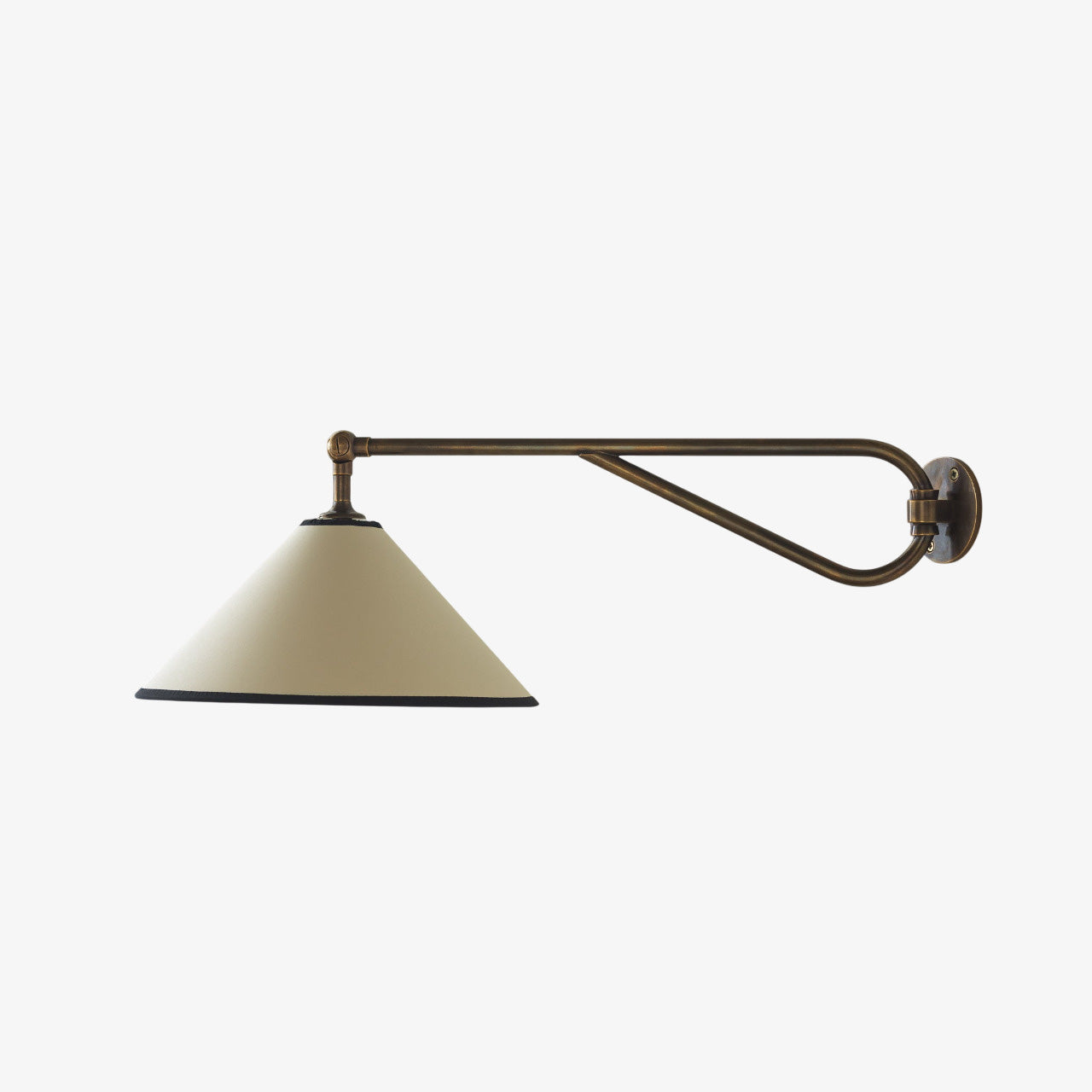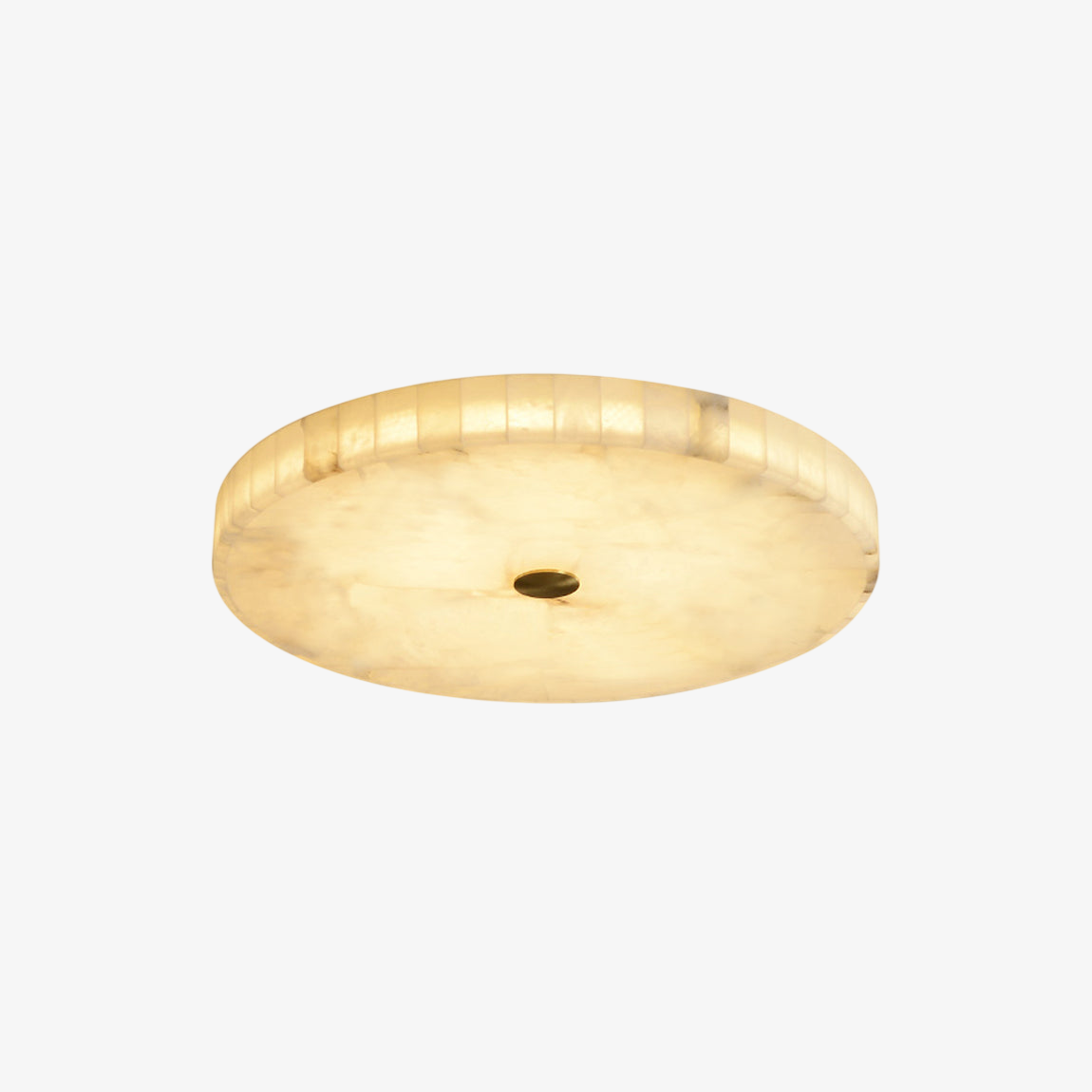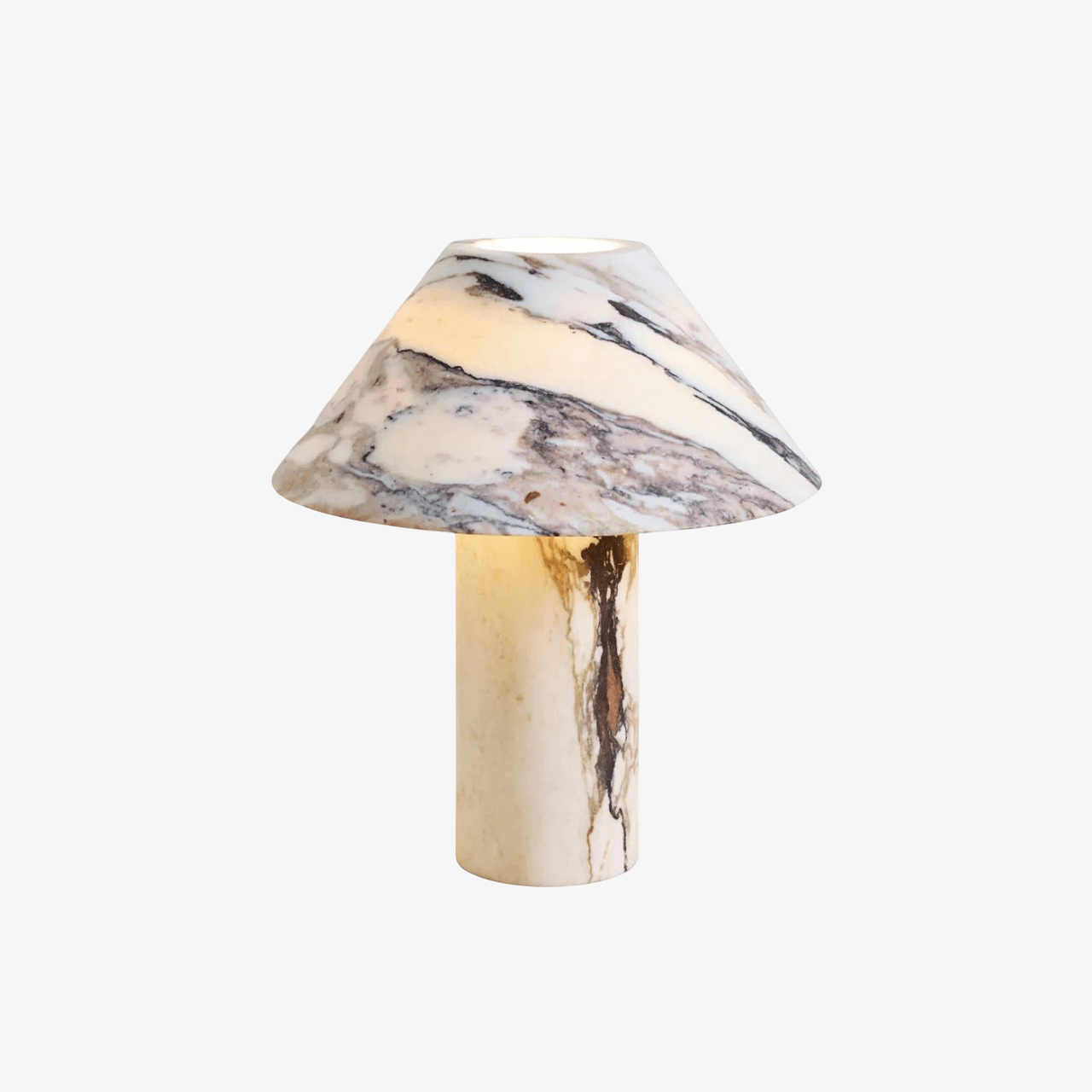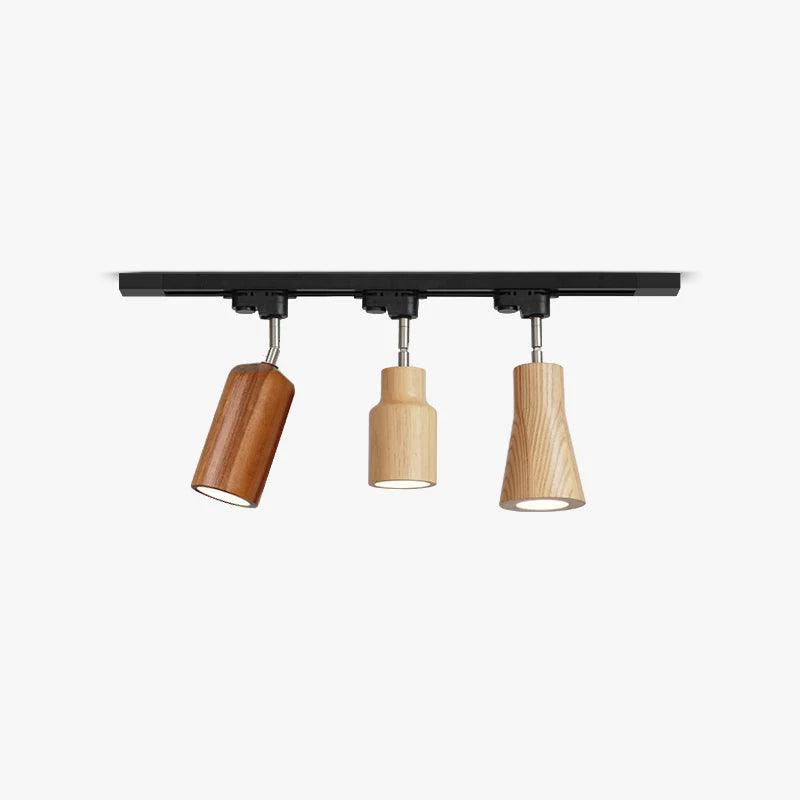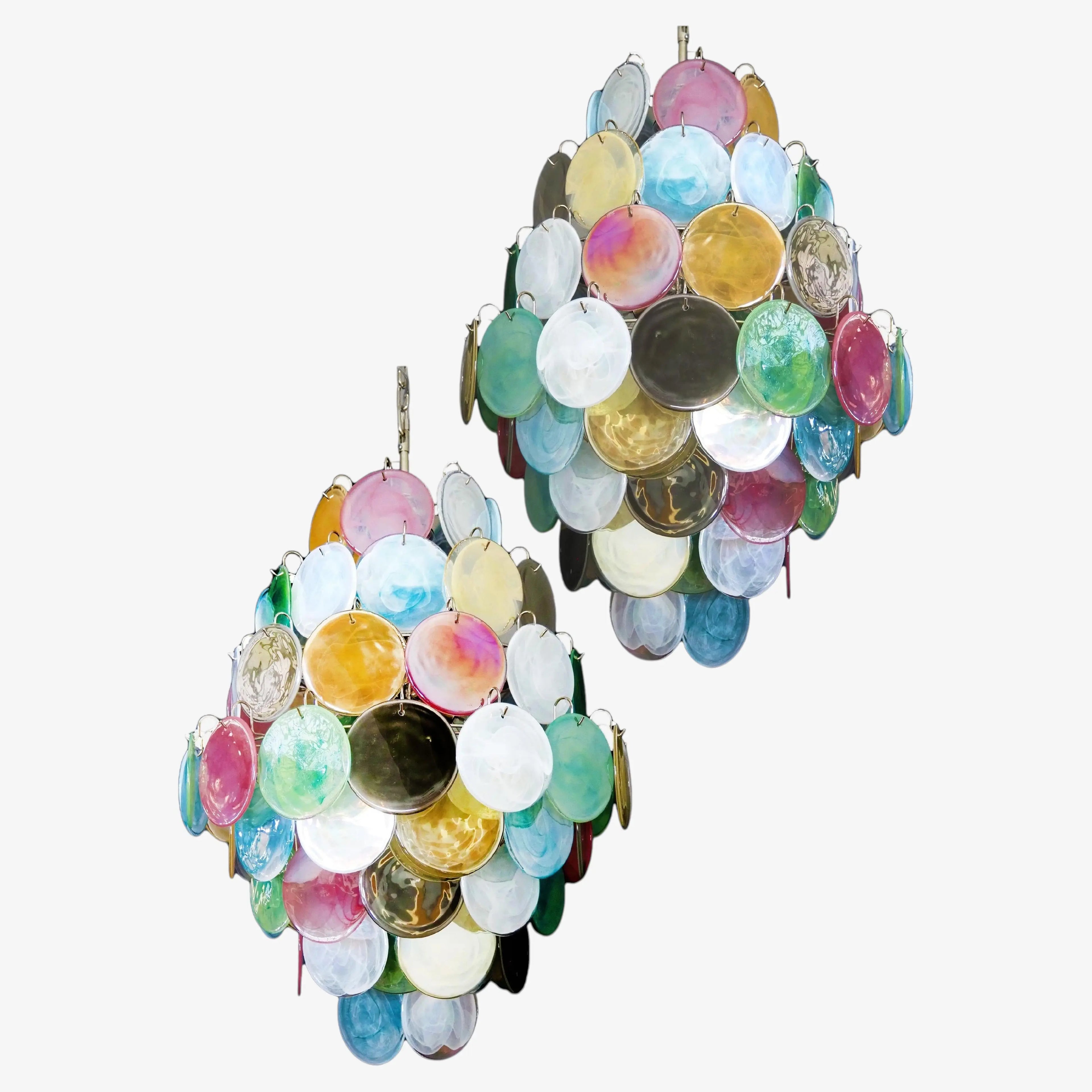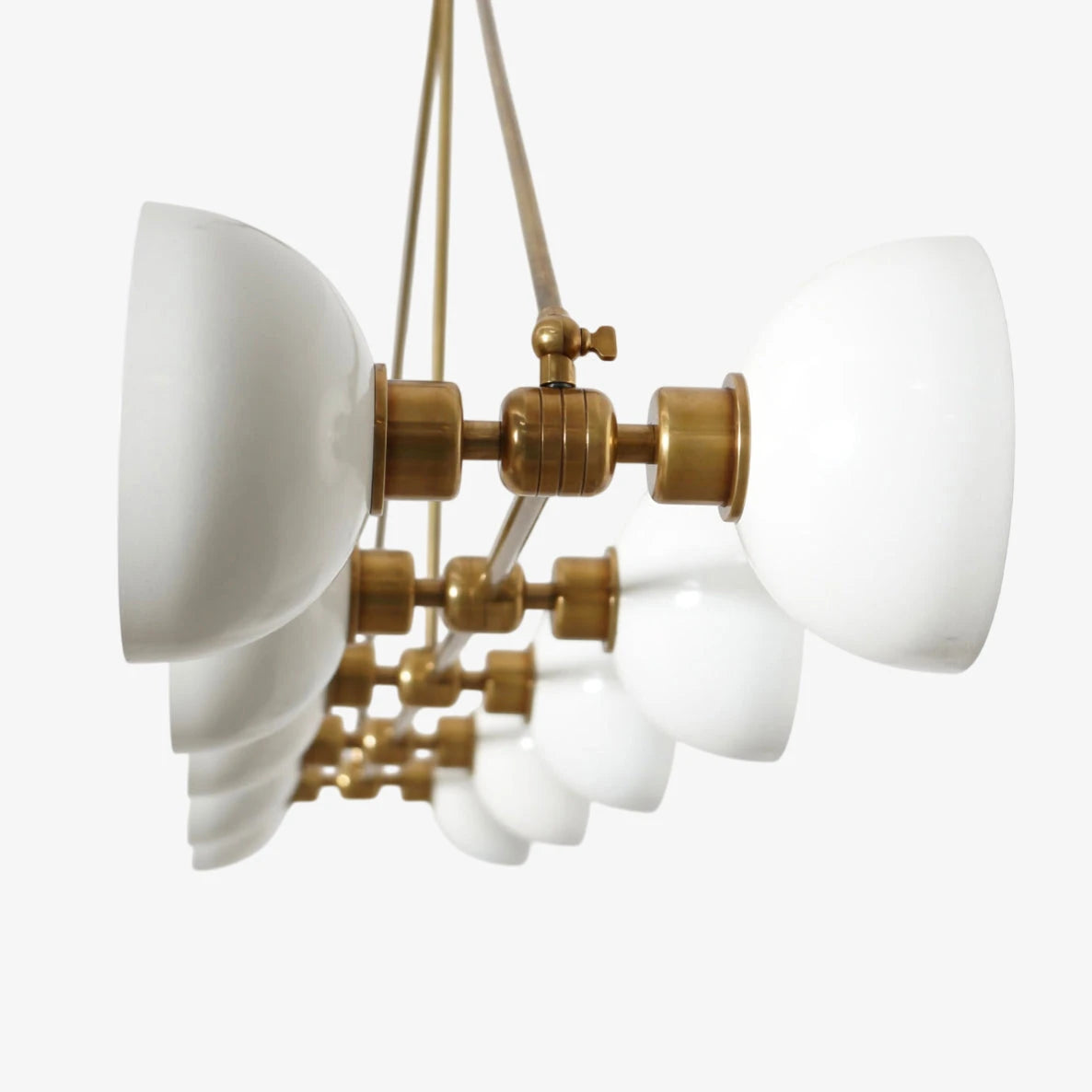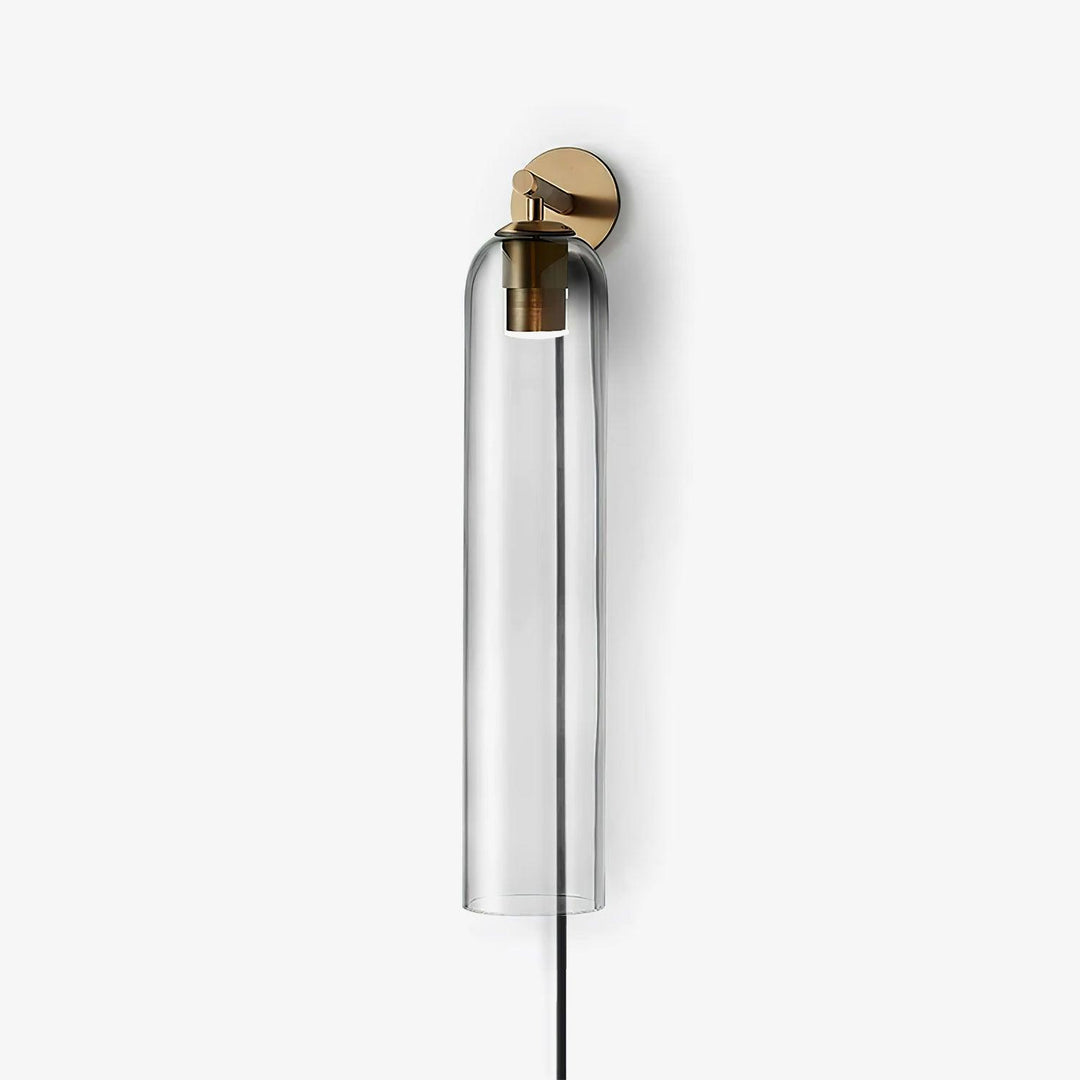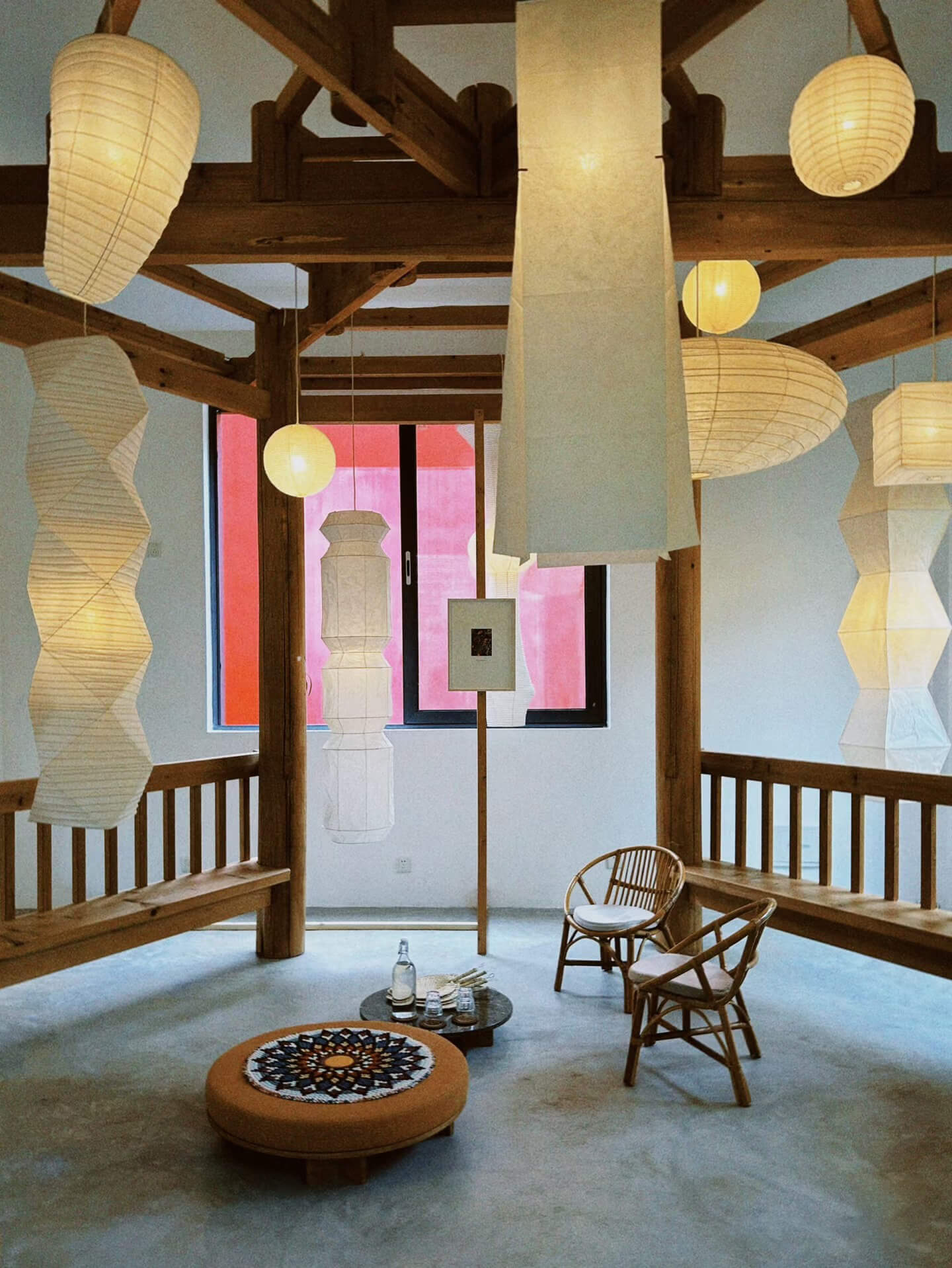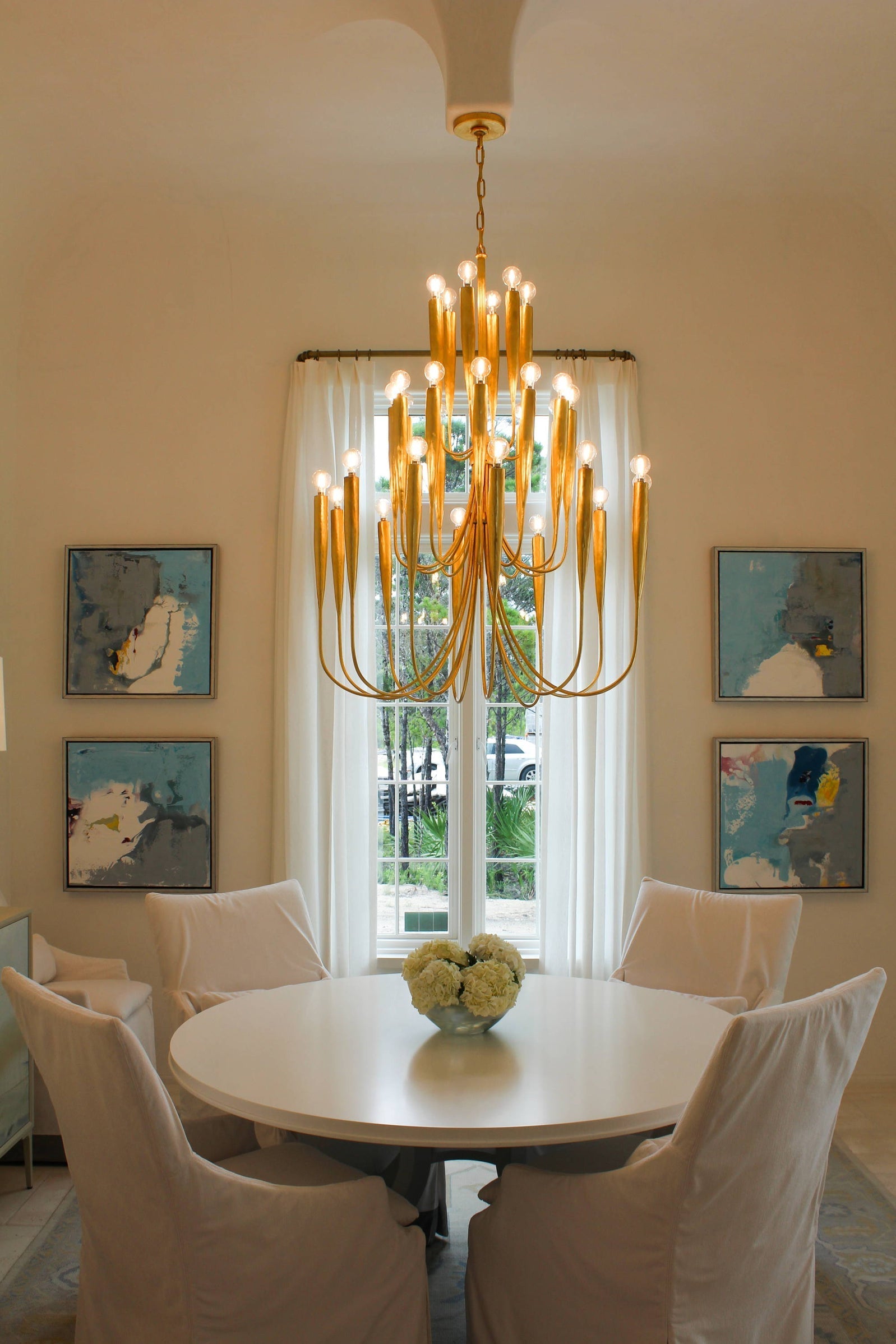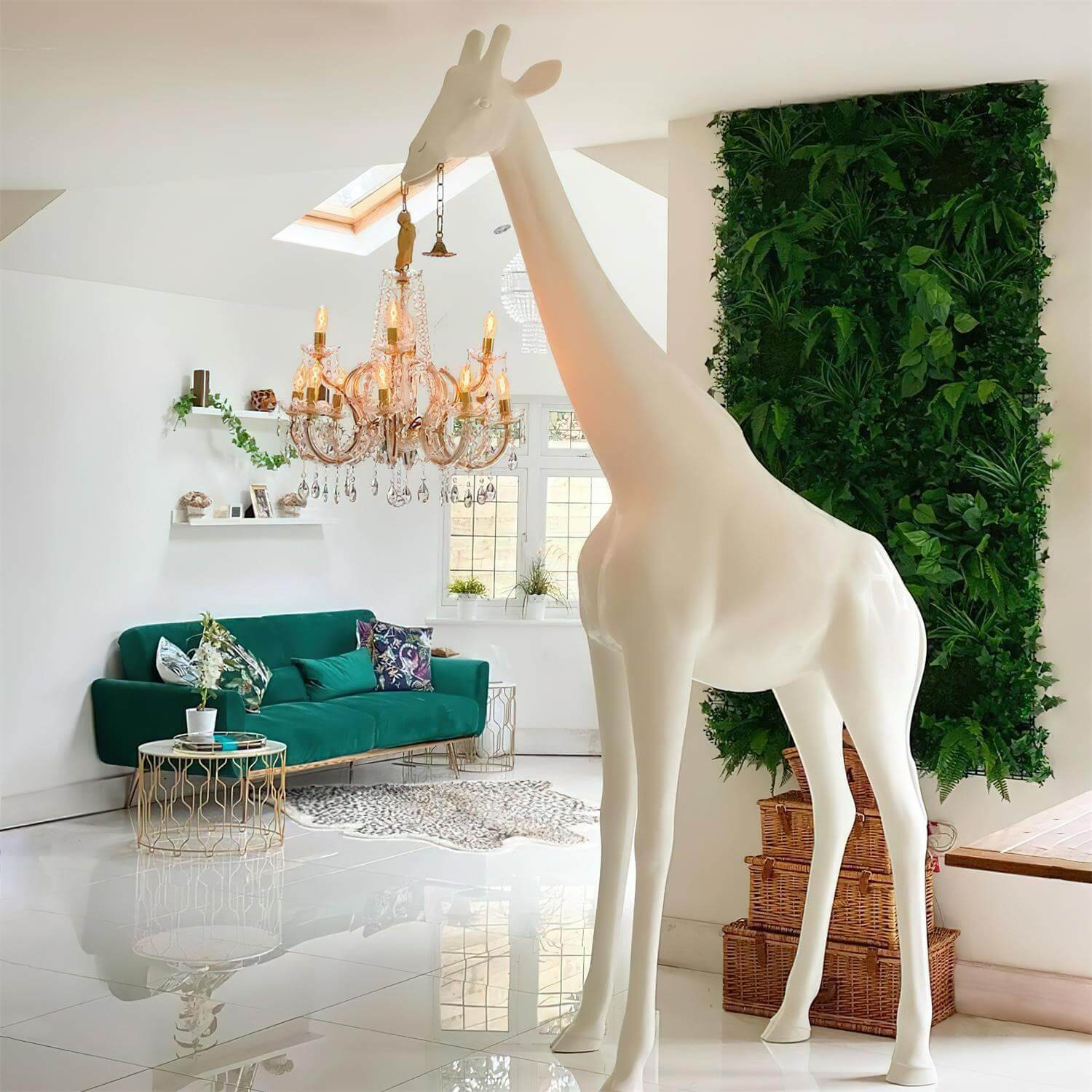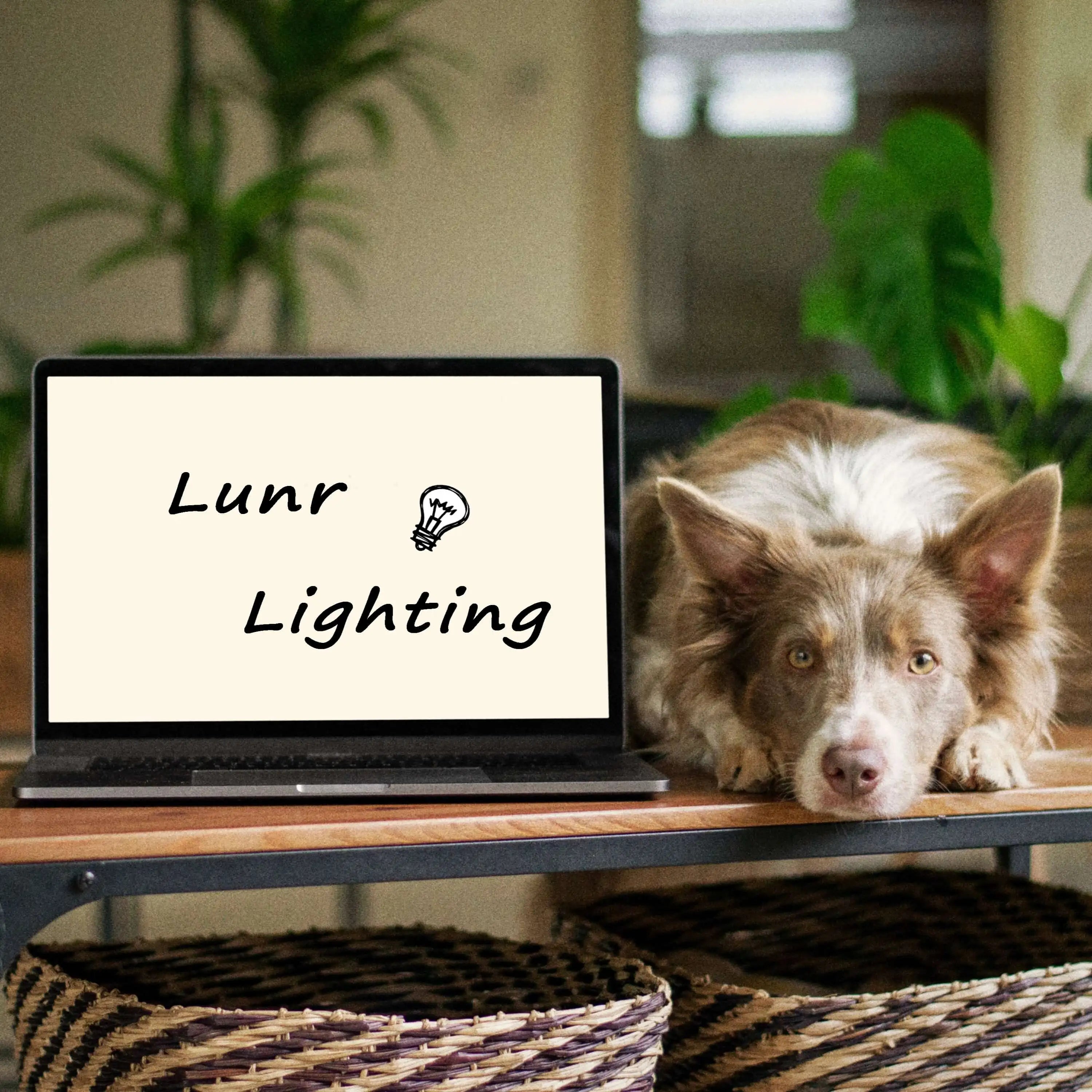
Will LED Lights Harm Dogs’ Eyes?
Last Update 23th April, 2024
Overview
LED lights are the most popular lighting technology today, but are they safe for dogs? Or are dog eyes as sensitive to light as human eyes? As a dog owner or dog lover, it is important that you know the details of LED lights to protect your dog's eyes.
What may cause problems for your dog's eyes?
Flashing Light
LED lights do not flicker like fluorescent bulbs. However, cheap LED lights may have this problem. Repetitive and rapid flickering of lights may cause eye irritation in dogs. Sometimes overexposure can cause some major problems. Flashing lights may trigger seizures in epileptic dogs. This can lead to a variety of neurological problems. It occurs due to the increased stimulation of the visual cortex of the brain by rapid flashes of light. The neurological effects of flashing lights are not just for dogs. It affects humans as well.
Look Directly
Sourcing products from a reputable LED light manufacturer is a guarantee of safety. Nonetheless, it's important to make sure your dog isn't constantly staring at a bright LED light. Moreover, industrial lights and car headlights can irritate and permanently damage your dog's eyes. Therefore, you must ensure that your pet is not exposed to such lights for long periods of time. In addition, your pet should have a designated space to avoid direct exposure to light. It is also advisable not to place your dog's bed directly underneath the light fixture.
Improper Use of LED Toys
LED dog toys are becoming increasingly popular with customers. These toys are designed for throwing and catching balls and come with flashing lights to attract a dog's attention. However, these toys can sometimes be unhealthy for dogs. Therefore, if you decide to buy one, make sure it is safe for your pet.
Ultraviolet Light
Some LED lights may emit a small amount of UV light. The coating on the LED chip usually blocks most of this. However, some blue LED lights still emit a small amount of UV. While these lights are usually safe for your dog, it's best to avoid using them if you want to be extra careful.
Blue Light Spectrum
Like humans, dogs' eyes can be damaged and negatively affected by blue light leakage. Simply put, blue light has a shorter wavelength than the wavelengths of other colors of light we can see. This means that it can penetrate deep into our eyes. Because of this, it can affect the health of the cells in the back of our eyes (called the retina). This condition is called blue light toxicity. As a result, spending a lot of time around blue light may make your eyes uncomfortable. Sometimes, it can even lead to vision impairment, redness and swelling of the eyes, but this doesn't happen very often. The extent to which it disturbs your eyes depends on the intensity of the light and the amount of time you spend around it. Also, similar to humans, dogs have a circadian rhythm, which provides their bodies with information about when to wake up and go to sleep. It runs on sunlight. Like the sun, blue light works in a similar way. As a result, when your dog is under blue light, it can become frustrated and upset. More specifically, blue light can break a dog's nocturnal habits.
Additionally, studies have shown that prolonged exposure to the color blue can affect a dog's physical and mental health. But best of all, the blue light emitted by LED lights is negligible compared to traditional lights. However, you need to follow your dog's specific bedtime. Keep in mind that the brightness of the lights should not be too harsh during bedtime. Therefore, you can also take your dog for a walk before bedtime. If you want to use lights where your dog is, choose lights with longer wavelengths. For example, amber or orange light has longer wavelengths than those visible to the naked eye.
Pre-existing Eye Disease
You must be more careful when your dog has existing eye problems, cataracts or corneal ulcers. These conditions are more sensitive to damage caused by LEDs.
Tips for Choosing LED Lights for Dogs
Low Blue Light Emission
Prolonged exposure to blue light can cause eye strain and discomfort. For this reason, it is best to use LEDs with a low fused discharge. Today, LEDs provide a small amount of blue light because they contain filters and screen protectors that reduce the brightness of blue light.
Using Dimmable LEDs
You can use dimmable LED options to adjust the lights and create a comfortable atmosphere for your dog's eyes, especially at night. In addition, using LED light strips can improve the environment of your dog shelter. Thus, with the dimmable option, you can customize the brightness of the LED strip.
Creating a Cool Environment Inside Your Dog's Shelter
You can try warm white and amber colors for a calming effect as they mimic sunlight and provide excellent visibility. Amber and orange lights are known for creating a relaxing atmosphere. Therefore, as a homeowner, you need to know to ignore nighttime lighting. Otherwise, it will make your dog's eyes start staring.
Using Smart LED Lights
When choosing smart LED lights, you can consider these remotely with the help of a mobile app. This way, you can adjust the brightness and color of where they are located. Some lights have specific sensors that turn on when a dog is near. Connecting the LED lights to your phone is very simple. Therefore, you can use Bluetooth or Wi-Fi. Just follow the company's instructions for proper pairing.
Investing in Quality LEDs
Choose good LED lights for safety. Get them from a trusted and experienced manufacturer. Look for certificates that prove that the lights are safe and of good quality. Therefore, always make sure that the lights you buy are certified for safety.
Accurate Installation of Lights
Always keep in mind the height of your dog house when installing LED lights in it. Don't end up installing bulky fixtures in a small pet house. It's best to hire a professional to install built-in fixtures in the house so that there are no hanging lights to hurt your dog as they move around. Also, keep in mind the proper wiring.
Consider these before buying LED lights for your dog
1. Find Dog Safety LED Signs
When purchasing an LED light, check to see if it carries the dog safety symbol. This indicates that the lights have been tested and are safe for dogs.
2. Comparative Lighting
If you have different types of lights in your home, you can check them out to see which ones are best for dogs. Usually, LED lights that are not too bright and have a wide range of light distribution are safe for dogs.
3. Check Strength
You can also check the brightness of the LED lights. If they are brighter than a 60-watt bulb, they may not be safe for dogs.
4. Thermal Emission
Prevent the risk of burns by choosing an LED light that emits the least amount of heat. Low-heat options are safer, especially if the lights are located in an area where your dog has direct access.
5. Compatibility with Dimmers
If you intend to use LED lights in a variety of settings, check that they are compatible with the dimmer switch. This feature allows you to adjust the light intensity to suit different environments and your dog's preferences.
6. Contact Manufacturer
If you want to make sure that your LED lights won't hurt your dog, you can contact the company that makes them. They should be able to let you know if their lights are suitable for your dog's eyes.
End.
If you got any question please contact us by E-mail: info@lunrlighting.com
Share

